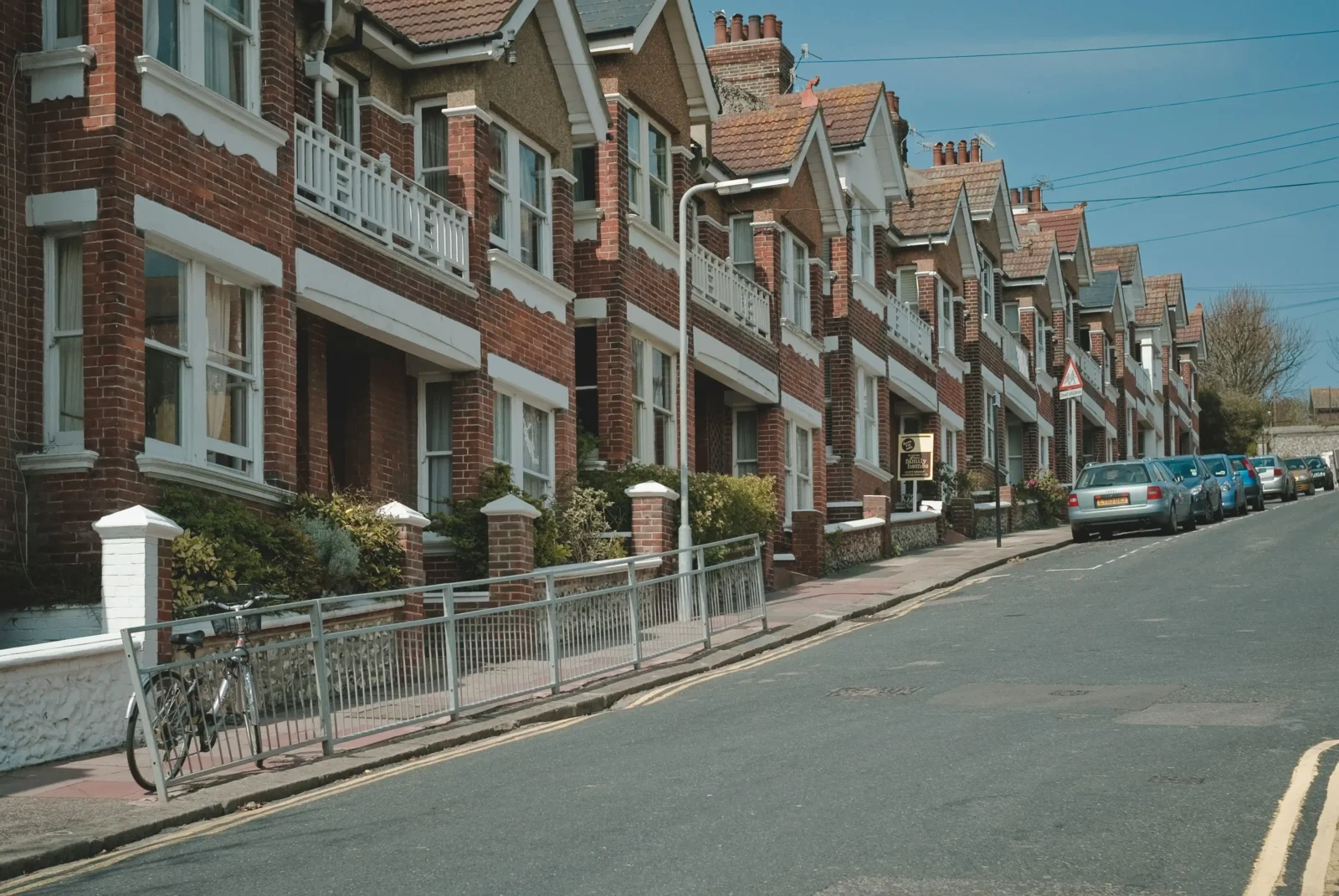- Home
- Articles
- Architectural Portfolio
- Architectral Presentation
- Inspirational Stories
- Architecture News
- Visualization
- BIM Industry
- Facade Design
- Parametric Design
- Career
- Landscape Architecture
- Construction
- Artificial Intelligence
- Sketching
- Design Softwares
- Diagrams
- Writing
- Architectural Tips
- Sustainability
- Courses
- Concept
- Technology
- History & Heritage
- Future of Architecture
- Guides & How-To
- Art & Culture
- Projects
- Interior Design
- Competitions
- Jobs
- Store
- Tools
- More
- Home
- Articles
- Architectural Portfolio
- Architectral Presentation
- Inspirational Stories
- Architecture News
- Visualization
- BIM Industry
- Facade Design
- Parametric Design
- Career
- Landscape Architecture
- Construction
- Artificial Intelligence
- Sketching
- Design Softwares
- Diagrams
- Writing
- Architectural Tips
- Sustainability
- Courses
- Concept
- Technology
- History & Heritage
- Future of Architecture
- Guides & How-To
- Art & Culture
- Projects
- Interior Design
- Competitions
- Jobs
- Store
- Tools
- More
How to Use Social Media Metrics as KPIs for Brand Awareness

Imagine this scenario: after a run, you’re really thirsty. You head into a store, but the selection of drinks is limited, and all the brands are unfamiliar — except for one mineral water you’ve seen advertised repeatedly on social media. Which one are you likely to reach for? Of course, the one with the name you recognize. This is how brand awareness works. Let’s dive deeper into brand awareness to discover how to measure this metric on social media effectively.
Brand awareness is still a big thing in 2024
Brand awareness is a measure of how well consumers remember and recognize a company, among others. For instance, a half-eaten apple is a sign that is recognized almost by everyone in the world. Emotional connections and associations are formed during the initial stage of introducing a brand to the audience. Thanks to this, customers will recall the brand name exactly when the need to buy something arises.
So, how do you assess if your brand recall is good?
- When consumers need a slogan, logo, packaging, or brand colors to recognize a company, it means that brand recall is not very strong yet.
- Spontaneous awareness appears when consumers need no additional prompts to recall the brand.
- The “Top of Mind” awareness includes the top five brands that immediately come to mind when users think of a specific product or industry.
Measuring brand awareness and assessing reputation in the media and social networks is crucial for overall brand visibility and reputation. This approach helps determine how much a brand is discussed across various information sources.

While measuring KPIs for brand awareness on social media, one should also track general metrics like:
- Impressions: Tracks the number of times your company’s ad is displayed on social media, regardless of whether it was clicked.
- Reach: This one signifies how many unique individuals see your company’s content or posts in the feeds.
- Engagement rate: Measures how often your potential customers interact with ad content (posh likes, leave comments, share posts they like).
- Mentions and tags: Measures how often your brand is mentioned or tagged by users on social media.
- Follower growth: Indicates how many followers your corporate social media page has and how it changes over time.
Beyond boosted sales: additional benefits of increased brand awareness
Increasing a company’s brand awareness offers numerous advantages beyond just driving sales, including:
Enhanced Lifetime Value (LTV): The more familiar the audience is with your brand, the better the chances of not only attracting initial buyers but also fostering long-term customer loyalty. A well-known brand can turn first-time customers into real fans.
Increased loyalty: Customers normally stay loyal to their favorite brands for a long time. Once the product or service is known and liked, the likelihood that customers will change their taste is pretty minimal.
Improved competitiveness: Consumers are more likely to choose a brand they know when choosing between several brands. Increased brand recognition gives you an edge over competitors, as familiarity can influence purchasing decisions.
Pricing leverage: Greater brand recognition often allows companies to justify higher product or service prices. As leaders, those companies can charge higher prices than their less-known competitors.
Enhanced advertising effectiveness: What is the likelihood that you click on the email the sender of which you don’t know? Supposedly close to zero. However, if it is your favorite company, the email can contain bonuses and good news, which enhances the likelihood of opening.
Faster decision-making: There’s no need to do a lot of thinking when you already know and trust a brand. This means that customers normally make the decision to buy from a known company much faster than if they were choosing a product from an unfamiliar seller.
Why measure it on social platforms?
Enhancing awareness or brand recall on social platforms is paramount for building viable marketing strategies. It’s one of the first and most important steps toward driving consumer purchases where they spend the most time — on social platforms. According to statistics, people spend over 11.5 billion hours on social media daily, and the ad spend attributed to this medium is going to increase by 111.6 billion U.S. dollars (+47.66 percent) between 2024 and 2029.
Companies that track brand awareness do it for a reason. Here are to mention a couple:
- Audience perception: Understanding how the audience perceives your company or product/service helps shape and adjust communication with potential customers.
- Marketing effectiveness: Measuring brand awareness on social platforms allows you to evaluate the success of your promotion initiatives and ad campaigns.
- Strategy improvement: Identifying areas where your brand’s strategy and positioning can be enhanced helps refine your approach to promoting and advertising in social accounts.
- Trend Monitoring: Observing how brand awareness evolves over time helps you adjust strategies and tactics as needed to stay relevant on social media.
What tools do you need?
Native tools. All these platforms — Facebook, Instagram, LinkedIn, Twitter, and others — have built-in analytical tools to leverage those necessary awareness metrics.

Third-party tools. Do you need a cross-platform view of your social accounts? Then, it would be best if you used third-party tools to integrate them and unify your stats. There are specific platforms called Meltwater, Cision, and Mention, each of which has been developed to facilitate brand name tracking across an immense web horizon. Thanks to them, marketers can easily stay aware when any user mentions the company on the Internet, no matter where, on social platforms or forums, in the comments section on the blog, and more.
Google Analytics or Hootsuite are other well-known third-party tools that can also provide extensive insights, especially if you use different social platforms at once — Facebook, Instagram, LinkedIn, Twitter, and so on. On these platforms, one can assess the traffic, where it comes from, and even how many conversions a particular source brings (Google Analytics).
The last word
Social media is one of the best channels for boosting brand awareness because it gathers many people daily. While tracking your follower count is a straightforward way to gauge your brand’s recognition, don’t stop there! Watch reposts, likes, comments, reach, and mentions. Systematically share valuable content in various forms to capture the eye of new followers and expand your visibility. Analyze how each type of content is working, discover the strong and the weak sides of your social presence and social campaigns, and develop a robust strategy for nourishing and strengthening brand awareness on these platforms.
illustrarch is your daily dose of architecture. Leading community designed for all lovers of illustration and #drawing.
Submit your architectural projects
Follow these steps for submission your project. Submission FormLatest Posts
10 Interesting Facts About Zaha Hadid
Zaha Hadid was a visionary architect whose fluid forms, bold experimentation, and...
Online 3D Terrain Mapping Tools for Urban and Landscape Design in 2025
A curated guide to the best online 3D terrain mapping tools in...
Common Emergency Repairs Every Homeowner Should Be Ready For
For most of us, when something goes wrong, we have a propensity...
Designing, Retrofitting, and Valuing Non-Standard Homes in Britain
Britain’s housing stock carries a quiet contradiction. From the street, many homes...












Leave a comment